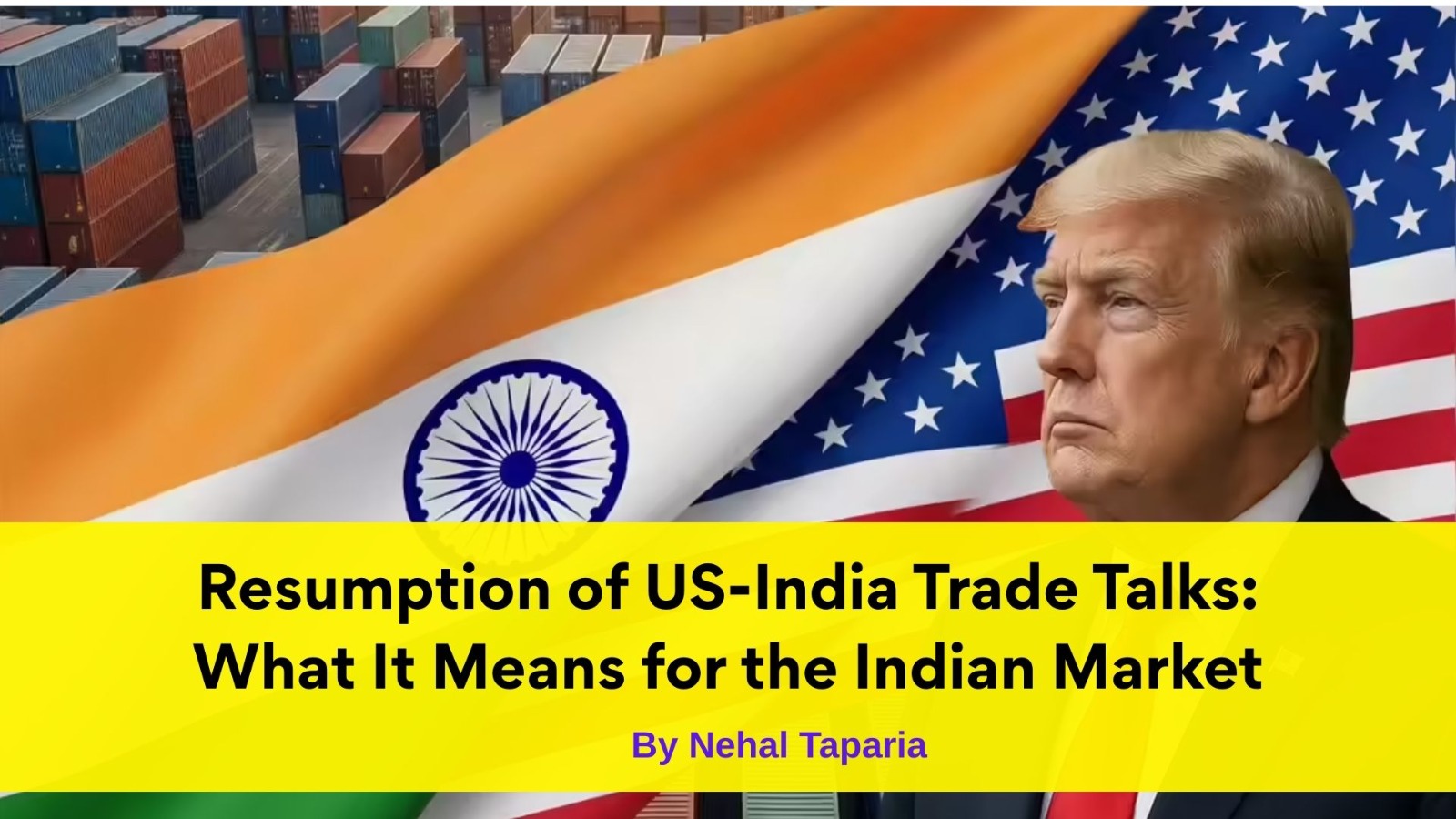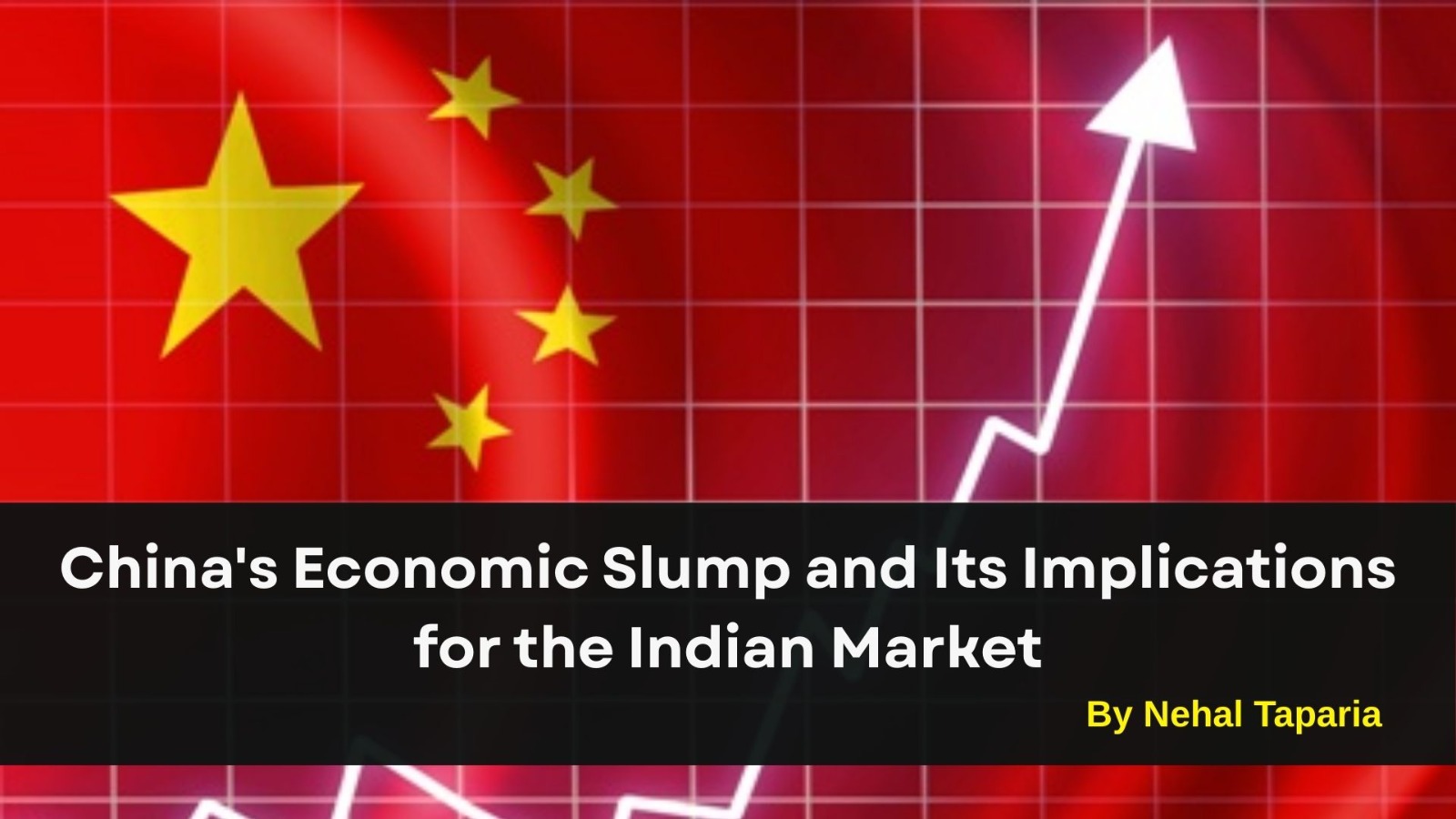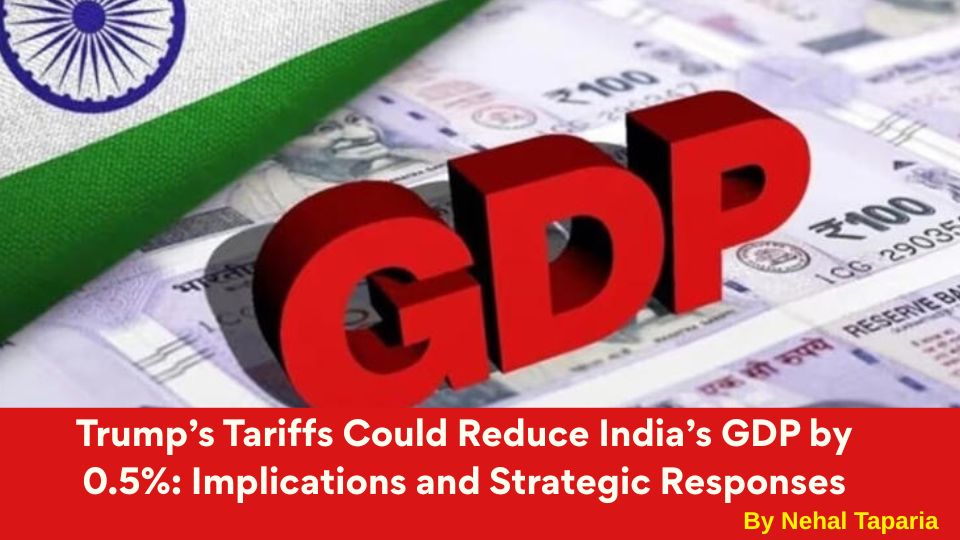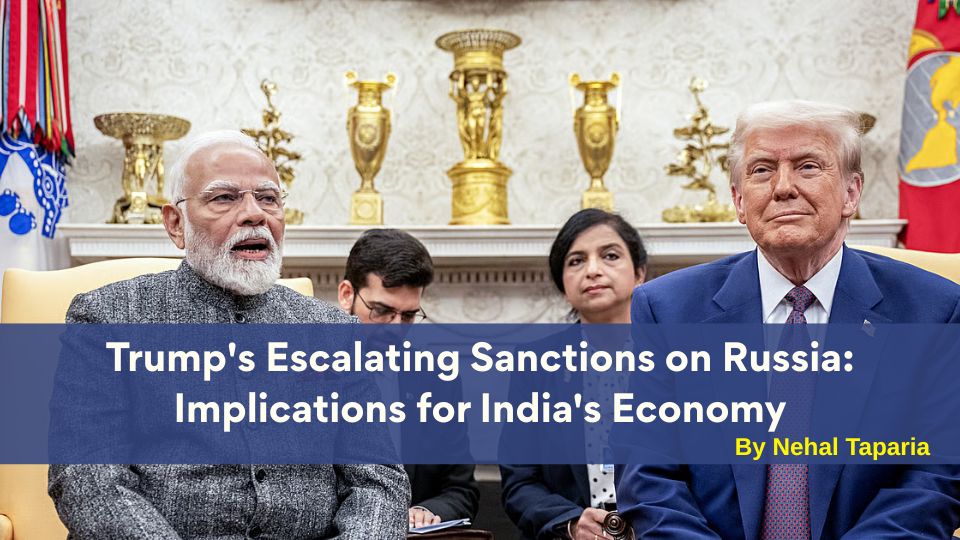Trump’s Tariffs on India – Who Really Pays the Price?
.png)
Trump’s Tariffs on India – Who Really Pays the Price?
The Trump administration has announced a steep 50% tariff on Indian imports, citing India’s continued purchase of discounted Russian oil. While the move is positioned as a penalty against India, the reality is that both sides—India and the United States—will feel the heat.
Impact on India
Export Shock & Job Risks
Nearly two-thirds of India’s exports to the U.S. (including textiles, jewelry, furniture, seafood, and gems) are directly hit by these tariffs. This threatens millions of jobs, especially in labor-intensive industries, and could reduce India’s GDP growth by up to 1 percentage point.
Government’s Response
India is preparing measures to cushion the blow—diversifying exports to Europe, Africa, Latin America, and ASEAN while also boosting domestic consumption through GST cuts and ‘Make in India’ policies.
Currency & Trade Balance
Higher trade friction may lead to a weaker rupee in the short term. However, it could also encourage Indian exporters to explore new competitive markets, making India’s trade base more resilient over time.
Impact on the U.S.
Consumers Pay the Price
A significant share of the tariff burden will eventually fall on American consumers. Goods like clothes, jewelry, footwear, furniture, and seafood will become costlier in the U.S. market.
Higher Inflation
These tariffs are expected to add to inflationary pressures, with consumer prices likely to rise faster than before. Analysts estimate that nearly two-thirds of tariff costs may eventually pass on to U.S. households.
Economic Growth Pressure
By raising input costs for U.S. businesses and reducing import competitiveness, the tariffs could shave off part of America’s GDP growth.
Conclusion
Trump’s tariffs may look like a strong political move, but the real cost will be shared—India faces a hit to its exports and jobs, while U.S. consumers face higher prices. For India, this challenge could also be an opportunity to diversify exports and strengthen domestic markets, reducing reliance on any single trading partner.
By Nehal Taparia
This content is for educational and knowledge purposes only and should not be considered as investment or Trading advice. Please consult a certified financial advisor before making any investment or Trading decisions.
Our Recent FAQS
Frequently Asked Question &
Answers Here
Q1. Why did the U.S. impose tariffs on India?
The tariffs were imposed as retaliation for India’s ongoing purchase of discounted Russian oil and as part of Trump’s protectionist trade policies.
Q2. Which Indian sectors are most affected?
Textiles, gems & jewelry, footwear, seafood, furniture, and chemicals—all of which contribute significantly to export earnings and employment.
Q3. How will this affect the Indian stock market?
Export-dependent companies may see pressure on margins and earnings. Sectors like textiles, gems, and logistics may face negative sentiment. On the other hand, domestic consumption-driven industries could get a relative boost if the government pushes reforms.
Q4. Will Indian consumers be directly impacted?
Not significantly in the short term. However, if export orders fall, job creation in labor-intensive industries could slow down, indirectly affecting household incomes.
Q5. How will the U.S. consumer be impacted?
American consumers are likely to pay higher prices for imported Indian goods. The tariffs essentially act like a tax on U.S. households and businesses.
Q6. Could this trade dispute escalate further?
Copyright © By Empirical F&M Academy. Design & Developed by Techno Duniya

.jpeg)
.jpeg)
.jpeg)

.jpeg)




